Creating an immersive home theater experience requires more than just buying high-quality audio equipment. Proper speaker placement is critical for ensuring that every seat in your viewing area receives optimal sound quality.
Whether you're experienced or new to home theater, knowing how to position speakers will enhance your audio experience.
Strategic speaker placement can have a significant impact on how you perceive movies, music, and games, from establishing balanced surround sound to reducing acoustic reflections.
In this article, we'll go over the fundamental ideas and strategies for configuring your home theater speakers to maximize their performance and provide an engaging audio experience that compliments your visual enjoyment.
So, let's go on a journey to turn your living room into a movie sanctuary where every sound element comes alive.
Importance of speaker placement
While it may be tempting to set speakers based only on aesthetics or convenience, focusing on sound quality delivers considerably larger benefits.
Although room layout constraints may limit speaker placement possibilities, even slight changes might result in substantial gains in audio fidelity.
By embracing speaker location versatility, you unlock your audio system's full potential, ensuring that every note, conversation, and sound effect resonates clearly and deeply.
So, while aesthetics may affect early placement decisions, focusing on sound quality ultimately improves your listening experience, making it well worth the effort to experiment with different configurations.
The front left and right speaker placement
Let's start by addressing the positioning of your front left and right speakers, which are the foundation of any surround sound system. Our major goal is to create a wide, encompassing soundscape with distinct channels.
The proper location of your front left and right speakers is critical for creating an optimal soundscape. Ideally, these speakers should be located roughly equidistant from each other and your listening location.
However, if space constraints prevent absolute symmetry, don't worry—even slight tweaks to increase the gap between the front channels might result in significant improvements in your system's performance.
The set speaker placement modification process relies on your ears
Examine the various distances between your front speakers and the wall to see how bass reinforcement is affected.
While proximity to the wall can boost the bass to some amount, moving the speakers away can result in overall audio improvements. Experiment with several positions to see which produces the best sound.
To fine-tune new speakers, playing a familiar song or movie clip works well. Listening to the same passage after each adjustment gives you a clear comparison, allowing you to determine exactly how much each placement change affects the sound quality.
Establishing a listening "sweet spot"
This spot typically aligns with the center seat directly facing the TV, providing the optimal sound experience in the room.
Different passive speakers or active speakers may perform best with varying orientations. While some speakers excel when facing straight ahead, others benefit from being angled inward toward the listener.
Regardless of the orientation, ensuring that the tweeters are positioned at ear level when seated is crucial for achieving the clearest sound reproduction. By aligning the tweeters with the listener's ears, you enhance the overall clarity and balance of the audio experience.
Central speaker placement
When setting your center channel speaker, strive to place it directly above or below your TV, aligned with the screen's midline. If possible, tilt the speaker to adjust the angle of the tweeter toward your ears for the best sound projection.
Surround speaker placement
The essence of the home theater experience is its capacity to engage our emotions and imagination, immersing us so thoroughly in the content that we forget about other distractions like our smartphones.
Strategically situating surround speakers is critical to creating this level of immersion. Whether you choose speaker stands or wall installation, the positioning of these speakers is critical.
5.1 surround sound system
In a 5.1 surround sound system, the best location for your surround speakers is to the left and right of your primary listening position. Make sure they are placed apart at a distance similar to your front speakers, or somewhat wider, and aimed at the middle listening area.
If side placement is not possible, another option is to set the surround speakers a few feet behind the primary listening location and slant them toward the center. This configuration contributes to immersive sound delivery even when side placement is not feasible.
7.1 surround sound system
In a 7.1 surround sound system, put the side surround speakers to the left and right of your seated position, facing you. The back speakers are located behind your seats and directed inward.
Your surround channels must be positioned at ear level or slightly elevated since this can considerably improve sound quality. Elevating them by a foot or two can enhance the immersive experience and make it much more enjoyable.
Subwoofer placement
The positioning of your home theater's subwoofer has a considerable impact on its sound quality. Moving the subwoofer from one region of the room to another might cause significant differences in its sound profile.
Positioning the subwoofer against a wall usually boosts the bass output, whilst placing it in a corner amplifies the low-end frequencies, resulting in a more impactful sound experience.
You can try different subwoofer placements to see which one produces the tightest and cleanest bass response. You can settle on a side-wall placement facing primary speakers, which turned out to be the greatest position for sound quality.
Second Subwoofer placement
Adding a second sub improves bass distribution, effectively addressing any areas where bass response may be lacking. Additionally, it enhances dynamics and allows for greater system headroom, enriching your overall audio experience.
The optimal placement of the second subwoofer depends on the layout of your room.
Some rooms benefit from placing a sub in each of the front corners, while others achieve more balanced bass by positioning one sub in the front and another in the back.
Final Thoughts
Determining speaker placement for your home theater system is an important step in creating an immersive audio experience.
By carefully arranging your front, center, surround, and subwoofer speakers according to the criteria outlined in this article, you can improve sound dispersion, clarity, and balance throughout your viewing area.
When deciding where to position your audio equipment, keep room acoustics, seating arrangements, and its specific qualities in mind. Experiment with several combinations to find the one that works best for your area and tastes.
With careful attention to detail and a dedication to maximum performance, you can create a home theater atmosphere in which every sound comes to life, improving your home entertainment experience for years.







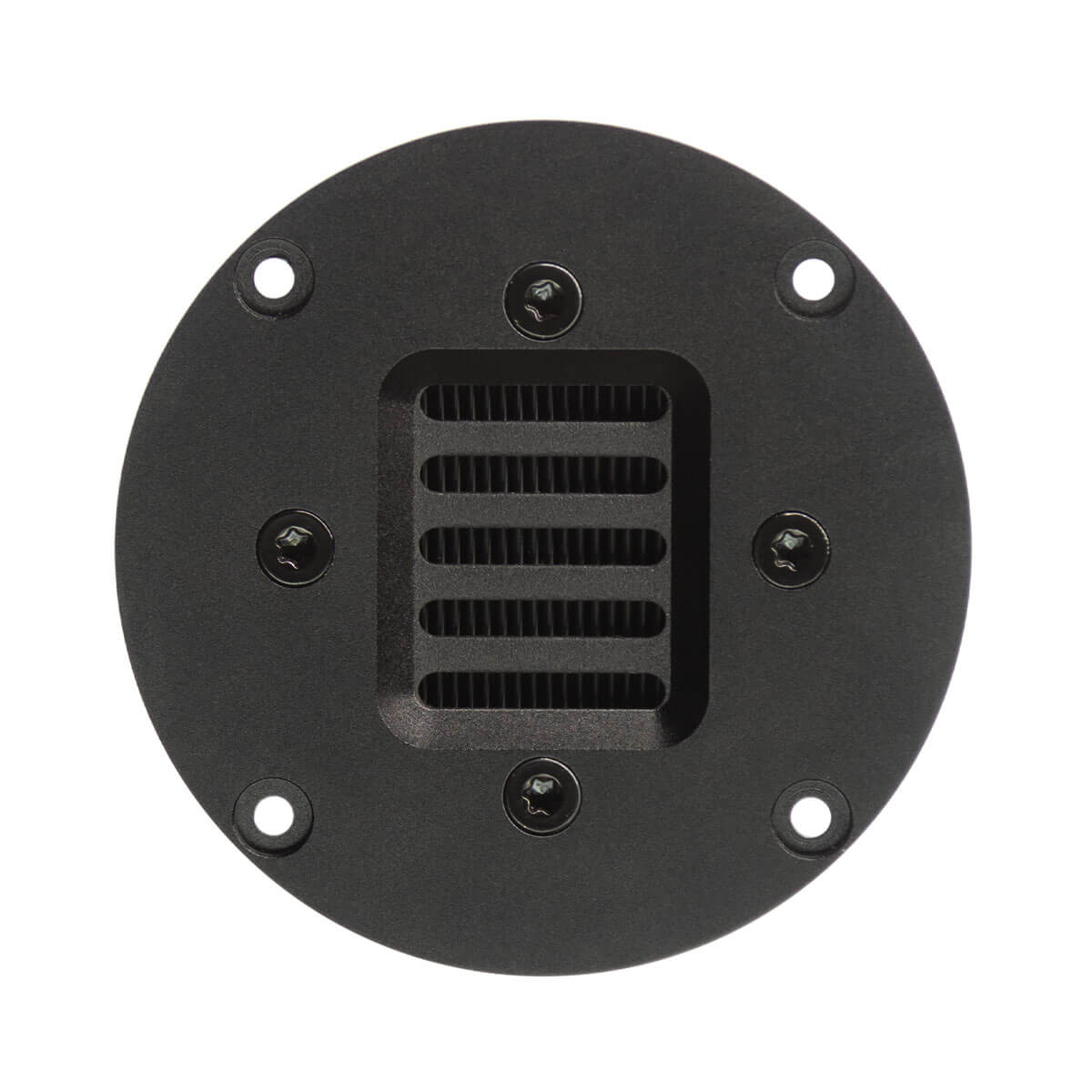

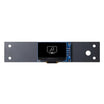
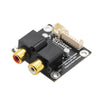
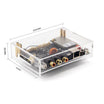
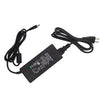
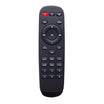



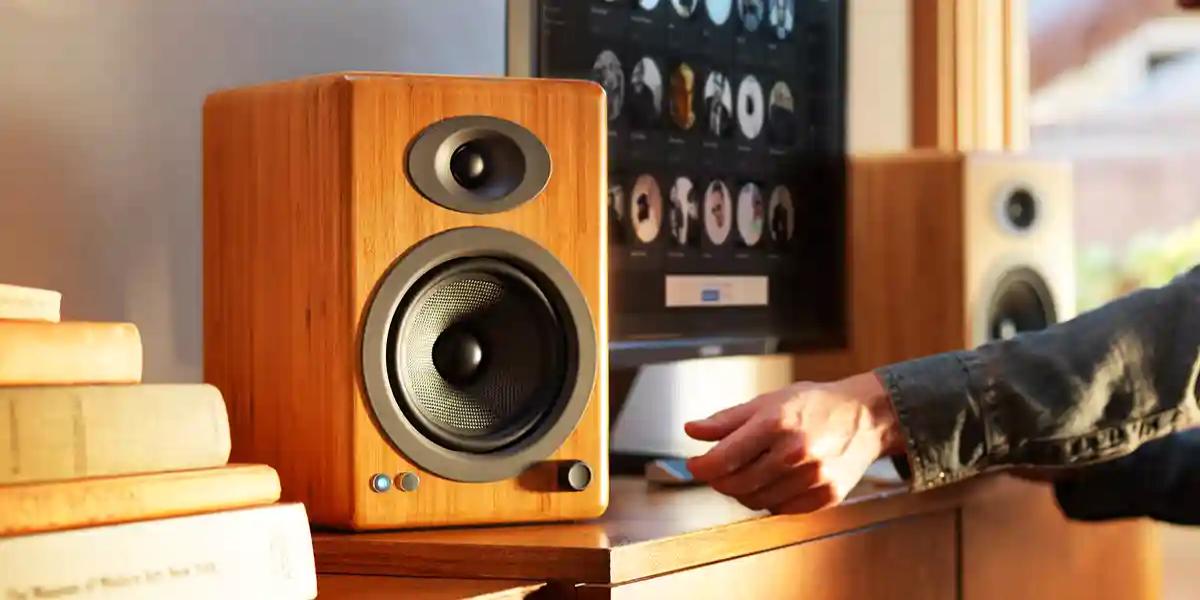
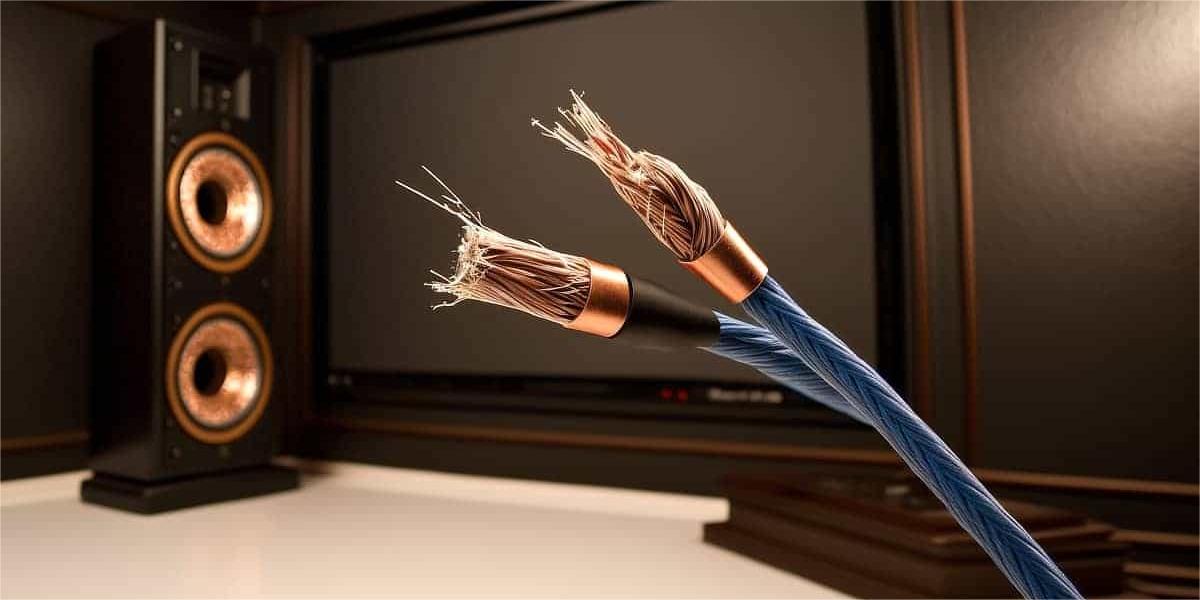
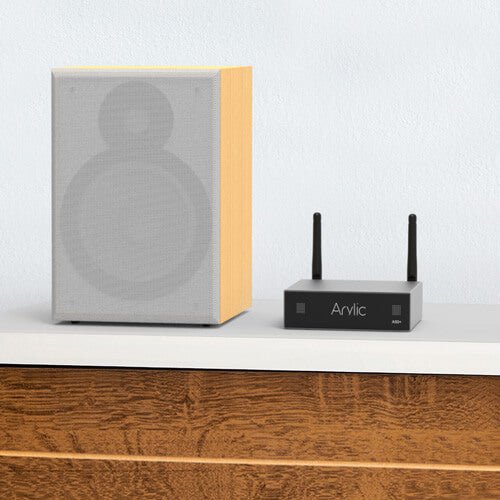

















Leave a comment
All comments are moderated before being published.
This site is protected by reCAPTCHA and the Google Privacy Policy and Terms of Service apply.